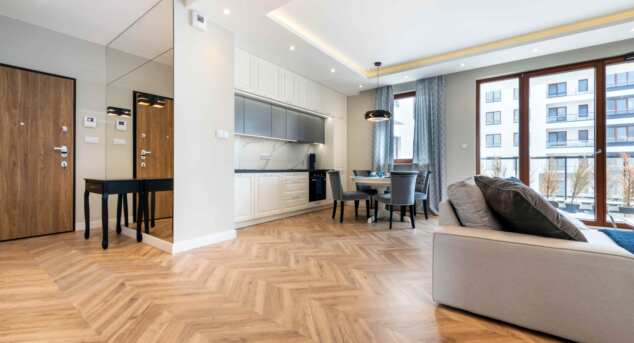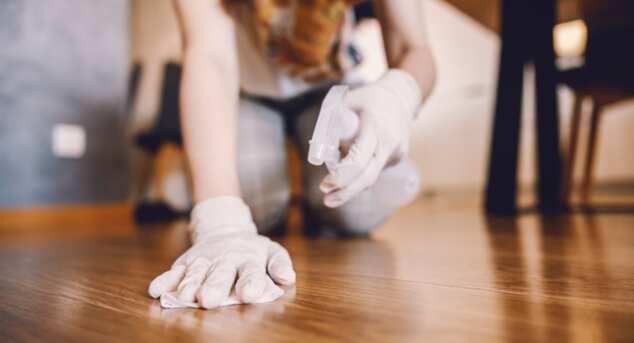From Carpet to Classic: The Craftsmanship Behind Wood Staircase Transformations
Posted by Aaron Schaalma
When clients see a beautiful wood staircase, they rarely understand the intensive craftsmanship required to create it. Let me walk you through the detailed process of transforming a carpeted staircase into a stunning wood masterpiece, similar to a recent project we completed in Oshkosh.
The Hidden Complexities of Staircase Renovation
Many homeowners assume replacing carpet with wood is straightforward, but there's substantial skill and knowledge involved in executing this transformation properly.
Step 1: Demolition and Assessment
Our process began with completely removing the old carpeting, followed by carefully dismantling the spindles and posts for later reinstallation. Once stripped down to the frame, we conducted a thorough assessment of the staircase structure.
Step 2: Adjusting for Precision
One critical aspect that's often overlooked: staircases framed for carpet aren't automatically suitable for hardwood. The rise measurements are specifically designed with carpet padding in mind.
To address this, we added custom-cut plywood strips to each stringer, precisely measured and securely attached with adhesive and nails. This adjustment ensures consistent rise from bottom to top—a crucial safety and comfort factor.
The Craftsmanship Details
The true artistry emerges in the precision work. Each riser and tread was individually scribed and cut for a perfect fit—a methodical process that requires patience and expertise.
We extended the hardwood beyond just the stairs to include the landing and upstairs hallway, creating visual continuity throughout the space.
Unexpected Challenges
Our experience proved valuable when we discovered the original skirtboards had been finished after the old stairs were installed, leaving unstained patches. We addressed this by sanding down the entire skirtboard, then applying uniform staining to all components—stairs, landings, and skirtboards—for a cohesive appearance.
Multiple coats of water-based finish provided both protection and beauty.
Precision Reassembly
The reinstallation phase required exacting standards:
We preserved a piece of the original partial tread as a spacing template
Set up a laser line from the bottom of the staircase to ensure perfect alignment
Every spindle was precisely positioned according to the original spacing
The newel post installation involved cutting specific portions of the bottom tread to accommodate securing bolts for maximum stability
The Transformation
The completed Oshkosh staircase project wasn't merely a renovation—it became the architectural focal point of the home. A well-crafted staircase transcends basic functionality to become a defining element of a home's character.
When considering a wood staircase renovation, remember that the flawless appearance of the finished product belies the extensive craftsmanship involved. From precise measurements to custom fitting, professional finishing, and expert reassembly—every step in the process contributes to creating a staircase that enhances your home's aesthetic while ensuring durability.
Contact us today for a consultation on transforming your staircase from ordinary to extraordinary.



